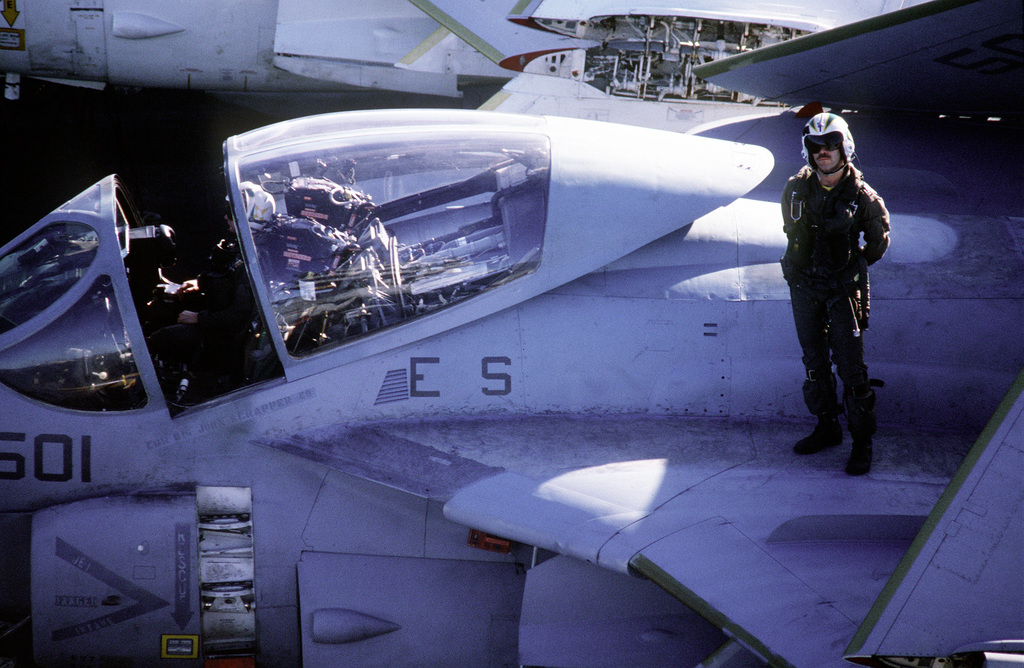
Production attack plane first delivered to the US Navy in February 1963 482 builtĮlectronic countermeasures and intelligence gathering platform based on the A-6A airframe 6 converted Provide additional lift at takeoff 8 built

GP or three Mk 84 GP, up to 22 Mk 7/20 Rockeye, up to 28 CBU-78, up to 20 Mk 117, up to 22 Mk 77 NapalmĮCM pods, up to 10 2.75-in rocket pods, up to 10 5-in Zuni rocket pods, up to 26 ADM-141 decoy drones,ĭevelopment prototype ordered in March 1959, the first four were fitted with swiveling engine nozzles to Up to four GBU-10/12/16 Paveway laser-guided, up to three B57/61 nuclear, up to 22 Mk 81/82 GP or ten Mk 83 Up to two AGM-84 Harpoon, up to two AGM-84 SLAM, up to four AGM-88 HARM, up to two AGM-123 Skipper II Typical: 880 nm (1,630 km) ĪGM-12 Bullpup, AGM-45 Shrike, up to two AGM-62 Walleye, up to four AGM-65 Maverick, AGM-78 Standard ARM, (A-6A) two Pratt & Whitney J52-6 turbojets Models of the F-14 equipped with precision bombing capability, and theĮxternal: 10,050 lb (4,560 kg) in five 400 gal (1,515 L) drop tanks Theĭuties of the A-6 were split between the F/A-18 attack fighter, upgraded The final front-line squadron was retired in 1997. Nevertheless, both the Navy and Marine CorpsĪ-6 fleets were withdrawn following the Gulf War.

To extend the service life of the A-6E into the mid-1990s.
#A 6 intruder cockpit series
To develop a cheaper A-6G also failed, but the Navy did pursue a series of structural and avionics upgrades Radar, the program was cancelled following the decision to build the A-12 Avenger. These features enabled pilots to reduce the low-level cruisingĪltitude from 500 ft (150 m) to 200 ft (60 m) at night.Īlthough the Navy had shown interest in an upgraded A-6F equipped with even more capable avionics and a new Several A-6Es were also fitted with improved cockpit lighting systemsĬompatible with night vision goggles. Further upgrades throughout the 1980s and 1990s allowed the A-6 to carry the latest array This pod contained a Forward Looking Infrared (FLIR), laser designator, and
#A 6 intruder cockpit upgrade
The TRAM upgrade program saw the installation of the Hughes Target Recognition and Attack, Multisensor With a powerful multi-mode tracking and terrain-following radar and equipped to carry laser-guided bombs. The most successful variant was the A-6E equipped Of the most durable and versatile planes in the theater. Two J52 turbojets fed by large cheek inlets, and a sophisticated array of electronic countermeasures andĭespite early development troubles, the A-6 emerged as a superb attack aircraft in Vietnam where itsĪdvanced avionics suite, heavy payload, large fuel capacity, and sturdy construction made the Intruder one Theīulbous fuselage provided space for a large attack radar, side-by-side seating under the cockpit canopy, These wingtips also split open to act as airbrakes during landing. Located just ahead of the flaps to provide roll control when deflected differentially and to act as liftĭumpers when deflected together. Instead of ailerons, the A-6 wing employed large spoilers Single-slotted flaps along the trailing edge. The rather conventional designįeatured a mid-mounted swept wing equipped with full-span slats along the leading edge and nearly full-span Unlike most planes of the era designed for supersonic flight and high performance, the A-6 sacrificed speedĪnd maneuverability for exceptional bombing accuracy and payload capacity. G-128 was selected the winner in 1957, and the company preceeded to develop the A2F-1 (later redesignatedĪ-6A) for both the Navy and Marine Corps. After reviewing eleven designs from eight manufacturers, Grumman's World War II, the US Navy instigated a competition to develop a day/night, all-weather, long-range, Needing to replace the elderly A-1 Skyraider piston-engined attack plane that dated back to the end of


 0 kommentar(er)
0 kommentar(er)
